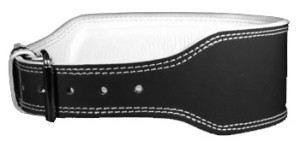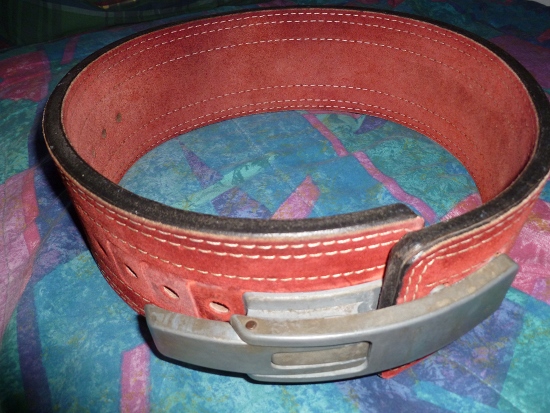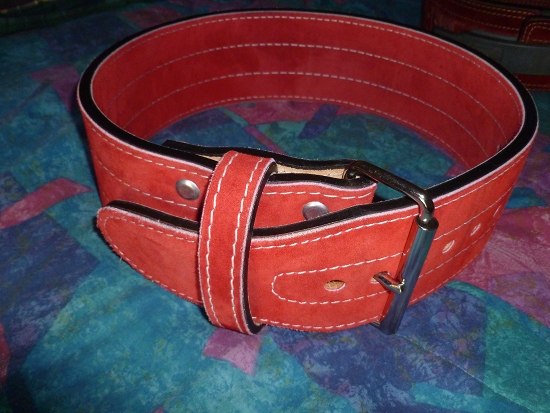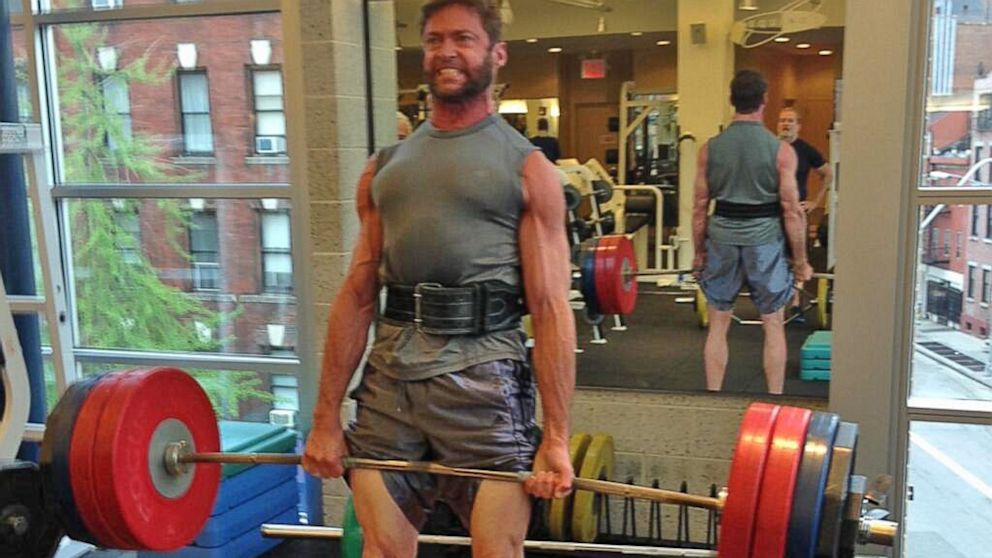Introduction: Why I Left Commercial Gyms (For Now)
My wife and I moved to a new city about three months ago. We had spent the previous three years training at a nearby commercial gym that we really loved. We anticipated finding a similar gym near our new home and started looking not long after the move.
Unfortunately our search for a new gym was not altogether successful. We did find a really good one that was just a few minutes from the house we rent. The facilities looked great and it seemed like a place were we’d really enjoy working out. But there was a problem: the price. It was a lot more expensive than our former gym. To make matters worse, the manager would not negotiate with me at all. I offered to pay him several months in advance in cash if he would offer me a discount (and waive some of the ridiculous sign-up fees). It seemed like a no-brainer to me: he would make money even if we never set foot in the place again. But he wouldn’t budge.
I did a little more research and it looked like I’d run into similar issues at other local gyms.
Garage/Home Gym: Advantages
That’s when I decided to do something I’ve thought about for years: build a garage gym. I’ll explain how I’m going about it, but first let me share the advantages of training at home.
Money: Needless to say, there are start-up costs involved with having a gym in your home or garage. But basic equipment isn’t terribly expensive, and it shouldn’t take long for it to pay for itself. Once you have your weights/equipment set up you never have to pay any kind of gym fee again if you don’t want to. As I mentioned before, this was my main motivation for setting up a garage gym: money is tight right now and I just couldn’t see paying over a thousand dollars a year (plus registration fees) just so my wife and I could have a decent place to train.
Maximize Your Rent/Mortgage: This is another aspect of the money issue, but it’s kind of a category to itself. Here’s what I mean when I talk about making the most of your rental/mortgage: our house has a small garage, and I have a big car. My vehicle would probably fit, but just barely. I just park it in the driveway (which is covered by a shelter). I might as well put a gym in there and make use of the space I’m already paying for. It’s something to consider, especially if you have a garage, basement, or other space that isn’t being used for anything.
No Line, No Waiting: One of the biggest disadvantages of a commercial gym is sharing equipment with other people. This can be especially annoying if you end up working out during “peak” hours (like 5-7 p.m.). I’ve found that other gym patrons are usually considerate and try not to monopolize a piece of equipment for too long (usually, but not always). That still doesn’t change the fact that you inevitably end up waiting for someone else to finish training if you use a commercial gym.
Your Gym, Your Equipment: Another issue I’ve had with some commercial gyms is the equipment. Barbells that have been used hundreds of times start to get warped and beat up. They aren’t cheap, so gym owners don’t always replace them quickly enough for my taste. You may end up with only one or two good barbells in your gym (and as mentioned before, they may be in use when you come in to train). Obviously you don’t have this problem with your own garage gym–your barbell should last a lot longer and you can replace it whenever you decide it has seen better days.
Here’s something else to consider: you can buy/use equipment that you may not find in a typical commercial gym. I plan, for example, to buy a trap bar eventually. I don’t think any gym I’ve ever been a member of a gym that had one. I’m looking forward to training with it and even teaching my wife how to use it.
Privacy: Sometimes my wife would feel self-conscious about working out with men around. My training has been delayed or slowed more than once because someone wanted to talk to me. I actually enjoy talking to people in the gym, but some people have a way of completely monopolizing your time to the point of interfering with your next set. Neither of these issues are a problem now that we train at home.
Convenience: Last but not least is the convenience issue. We’ve both enjoyed just walking into the garage when we want to work out.
Building Your Garage Gym: Recommendations
Craigslist is Your Friend: Get on Craiglist and search for terms like “weight set,” “Olympic weights,” etc. I’d also advise you to see if there are any buy/sale (or yard sale) Facebook groups for your city. You may be surprised at what you find: people are always selling exercise equipment and you can save a lot of money if you’re patient. I bought a power rack, bench, Olympic barbell, and 160 lb. of weights for around 400 bucks (pictured below–with some extra plates I picked up at Walmart). Is this a top-of-the-line squat rack? Nope. But it is more than adequate for us.

Stick with the Basics: I’d recommend starting with a power rack. I would have considered buying something like this Body-Solid Pro Power Rack if I hadn’t found such a good deal on Craigslist. The nice thing about a rack is the versatility: you can use it for squats, bench press, rack pulls, pull-ups, and the list goes on. Add an Olympic barbell, a good bench, and some weights and you’re good to go. You could buy this whole set (rack, bench and weights) for the sake of convenience if you have the money.
If your budget is really tight you may want to start with a “half rack” or even some adjustable squat stands instead of a full power rack.
Think of Inexpensive Additions: Trying to duplicate what you’d find in a commercial gym will get costly. But there are a lot of things you can buy that don’t really cost much. As I mentioned earlier, I plan to buy this trap bar. (update–I bought it and love it). I also plan to buy more plates and maybe even some heavier kettlebells. But some things are even less expensive: an ab wheel and an exercise ball are both extremely effective ways to train your “core” (abdominal and oblique muscles) that hardly cost anything.
Keep Adding Over Time: We’ll keep building our gym according to our budget. The simple things we have go a long way, so there’s really no rush.
Update (Video)
Here’s a quick video tour I made with my iPhone.
Closing Thoughts
Just so you know, I have nothing against commercial gyms: they’ve been responsible for the muscle and strength I have today. But I’ve decided to go a different direction and I thought I’d share some advice and observations for those who are considering doing the same.
See Also:
Buying and Restoring Old Plates



